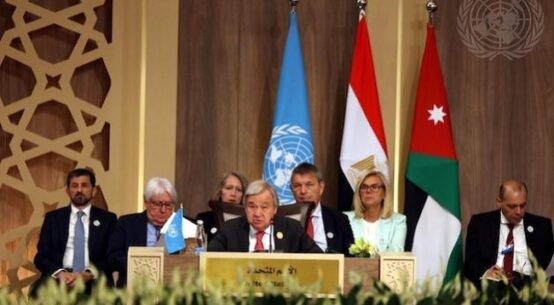Bangladesh needs to transition from conventional energy sources to ensure its energy security & long-term sustainability in the near future.Given the supply chain disruption followed by the Ukraine crisis, energy security has become a major concern for developing and least-developed countries. As the sources are becoming scarce and prices are becoming volatile, these countries are finding it difficult to navigate without cooperation. In this context, cross-border energy cooperation and revitalizing the idea of the power corridor can help Bangladesh to mitigate energy shortage.
Revitalization of the idea of Power Corridor
During Bangladeshi Prime Minister Sheikh Hasina’s visit to India on September 2022, Bangladesh requested that it be allowed to import power from Nepal and Bhutan via India.The Nepal Electricity Authority (NEA) sought approval from the Indian authorities to export 40-50 MW of electricity to Bangladesh through India’s existing transmission infrastructure. In August 2022, Bangladesh and Nepal decided to request India to allow the export of 40-50MW of electricity from Nepal to Bangladesh in the initial phase by utilizing the high-voltage Baharampur-Bheramaracross-border power transmission link. As per the understanding reached during the secretary-level Joint Steering Committee(JSC) formed for Nepal-Bangladesh energy cooperation, the NEA and the Bangladesh Power Development Board requested India for a trilateral energy sales and purchase agreement utilizing the power line. Being a land-locked country, Nepal’s plan to export its electricity other than India requires India’s close cooperation and partnership. According to the Central Electricity Regulatory Commission of India, the Indian authority is allowed to do cross-border trade where India is involved. There is a specific provision of a tripartite agreement that allows the Indian authority to sign the framework of bilateral agreements between the government of India and the governments of the respective neighboring countries. In other words, Bangladesh and Nepal need to sign bilateral agreements for cross-border electricity trade with India.
Now, India is considering Nepalese and Bangladesh proposals to allow Kathmandu to sell electricity to Bangladesh via Indian territory and Indian infrastructure.Hence, the issue of a ‘power corridor’ has sparked new talk in Bangladesh-India bilateral relations.
Based on Reciprocity?
Both India and Bangladesh want to increase their share of renewable energy substantially in the upcoming years. The Indian government has set an ambitious plan to generate 500GW from non-fossil energy-based sources by 2030, meeting 50 percent of energy requirements from renewables.Likewise, Bangladesh wants to increase the share of renewable energy in the country’s power mix to around 40 percent by 2050 from less than three percent now. Water-rich Nepal could help both countries achieve their dreams.
Northeastern region is India’s main hub for increasing its renewable energy capacity. India needs to tap the unexplored natural resources of its Northeast. Bangladesh has the potential to offer multiple electricity corridors for transmission.Arunachal Pradesh alone has a 50,000 MW of hydroelectricity potential. According to Indian North Eastern Electric Power Cooperation, the Indian North Eastern Region has the potential of about 58,971 MW of power, almost 40 percent of India’s total hydropower potential.India is planning to explore all hydropower potentials in Arunachal Pradesh and other northeastern states. At present, India has a total potential of 145,320 MW hydropower but only 45,399.22 MW of the quantum was being tapped. But India needs to spend a huge amount of money to transmit hydropower from India’s northeastern to northwestern region. But the geographical barrier has constrained India from untapping its potential. 18 projects above the capacity of 25 MW were now under construction across Northeast in 2019.
But India can easily use the power corridor of Bangladesh to reduce the cost. In 2021, Bangladesh showed interest in the power corridor and expected to get 20 to 25 percent of the hydropower to be transmitted through the high-voltage gridline passing through its territory. The transmission line with the capacity of 6,000MW in Bangladesh land maybe 100km in length if it is built in Boropukuria and 200km if is installed in Jamalpur while a substation would be built in each route.Two possible routes of the transmission line are — from Asam’s Bonga through Baropukuria (Dinajpur) or Jamalpu to Bihar’s Punia and from Asam’sSilchar via Meghna Ghat-Bheramara to West Bengal.There can be such high-capacity interconnectors in Tripura-Comilla, Bongaigaon (Assam)-Jamalpur/Dinajpur-Purnea (Bihar), Silchar (Assam), and Fenchuganj.
A win-win situation
If India finally allows power corridor to Bangladesh to import electricity from Nepal, it will usher a new era of bilateral energy cooperation. Not only that, through Bangladesh, it can achieve its untapped opportunities of hydropower from the northeastern region. So, both Bangladesh and India should come forward to enhance their energy security based on reciprocity and enhance South Asian regional cooperation.
Samara Ashrat is a PhD Fellow at the University of Bucharest.


